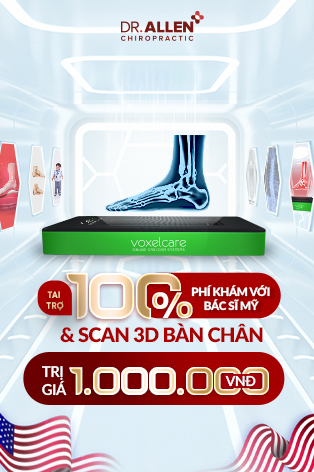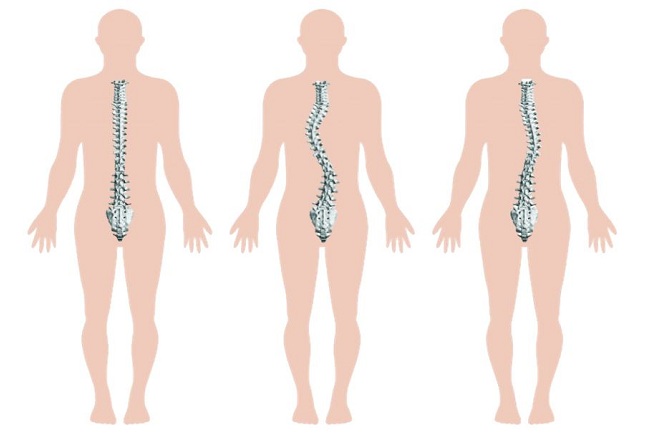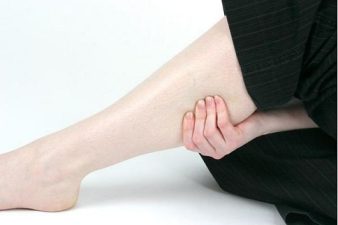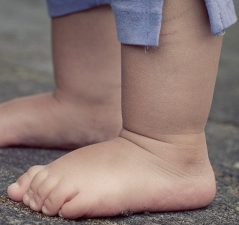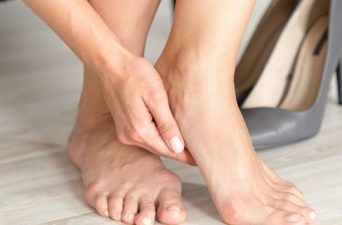Scoliosis is a medical condition characterized by a sideways curvature of the spine. The degree of the curve can significantly vary from person to person, often defining the treatment approach and prognosis. In this blog post, we will delineate the implications and management strategies associated with various degrees of scoliosis, ranging from a subtle 4-degree curve to a pronounced 100-degree curvature.
Minor Curves (0-20 Degrees)
4 Degree, 5 Degree, 7 Degree, 8 Degree, 10 Degree, 11 Degree, 15 Degree, and 17 Degree Scoliosis. In this category, the curves are typically mild and often require no treatment other than regular monitoring to ensure the curvature does not progress.
20 Degree Scoliosis
At 20 degrees, treatment might still involve careful monitoring, but introducing physical therapy to strengthen the back muscles may also be beneficial.
Moderate Curves (21 – 40 Degrees)
- 25 Degree and 27 Degree Scoliosis: At this stage, physicians may recommend bracing to prevent further curvature, in conjunction with physical therapy.
- 30 Degree and 31 Degree Scoliosis: Treatment approaches might start leaning more toward consistent bracing, alongside considering other interventions to halt progression.
- 40 Degree Scoliosis: Approaching the 40-degree mark, the risk of progression increases significantly, with a heightened emphasis on proactive management strategies, including bracing and possibly surgery.
Severe Curves (41 – 60 Degrees)
46 Degree, 50 Degree, and 60 Degree Scoliosis: In this range, the curve is pronounced, and surgical interventions like spinal fusion might be seriously considered to rectify the deformity and alleviate symptoms.
Very Severe Curves (61-100 Degrees)
70 Degree, 75 Degree, 80 Degree, 90 Degree, and 100 Degree Scoliosis: These are extreme cases of scoliosis where the spinal curve is profoundly pronounced. Surgery becomes almost imperative to prevent severe physical complications and maintain a reasonable quality of life.
A Comprehensive Approach to Treatment
Irrespective of the degree of the curve, a holistic approach that leverages a multi-disciplinary team involving orthopedic surgeons, physiotherapists, and occupational therapists, among others, is crucial.
Conclusion
Understanding the degree of scoliosis curvature can be a pivotal factor in determining the treatment pathway and managing the condition effectively. It’s essential to have regular check-ups to monitor the progression of the curve and take appropriate actions based on individual circumstances.
Whether you’re dealing with a 10-degree curve or grappling with the implications of an 80-degree scoliosis, knowing the specifics of the degree can empower you to take charge of your health journey with scoliosis, fostering a path toward improved well-being and a better quality of life. Remember, early detection and timely intervention can make a substantial difference in the outcome.

